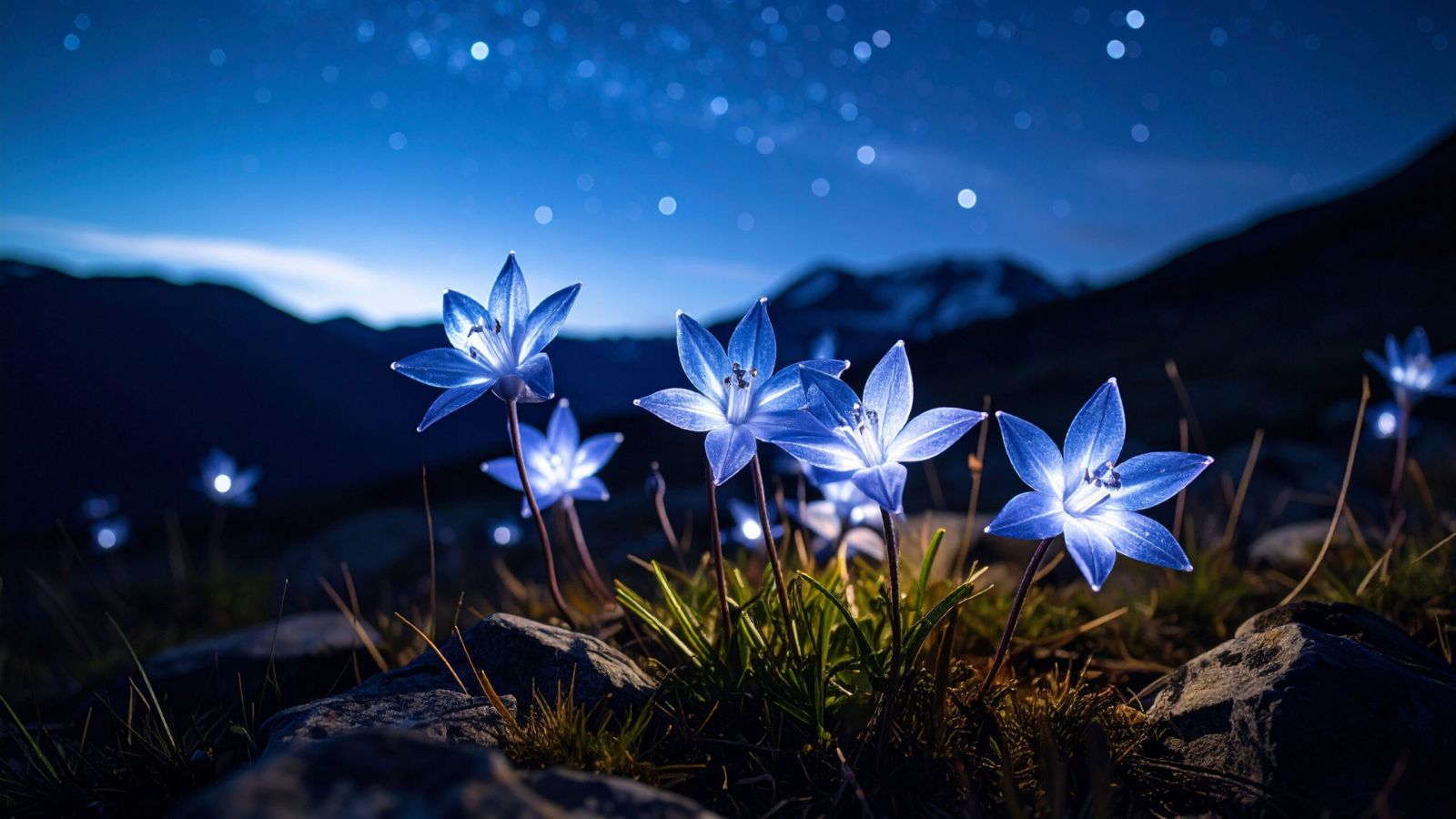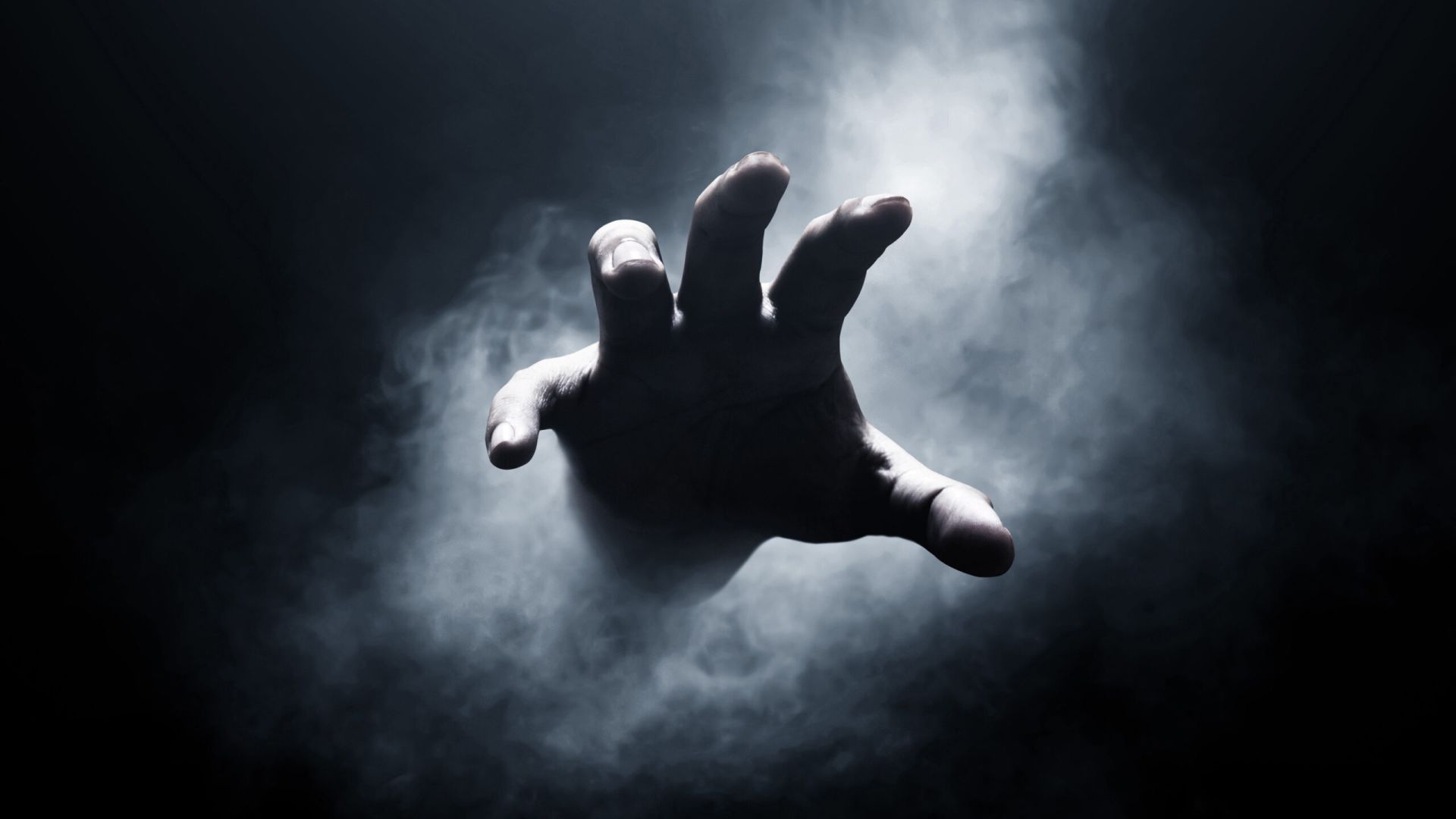The Ruling on Women Dyeing Their Hair
Al-ʿAllāmah ʿAbd al-Muḥsin al-ʿAbbād, Imām Muḥammad ibn Ṣāliḥ al-ʿUthaymīn


[Q]: What is the ruling of a woman who dyes her hair black?
[A]: White hair should not be dyed black regardless of gender.1
Al-ʿAllāmah ʿAbd al-Muḥsin al-ʿAbbād
[Q]: What is the ruling on a woman dyeing her hair using non-henna dyes? As there are hair dyes of every colour on the market.
[A]: The white hair of men and women may be dyed with any colour besides black. As for a young girl whose hair is already black who wishes to dye her hair another colour: If this dye covers the hair, forming a barrier around it, then this is impermissible (i.e. not water permeable). This is because it will prevent water from reaching the hair when she wipes over it during wuḍūʾ. Instead, she would wipe over that covering.
As for dyeing with other colours, it is well-known that black hair is the most beautiful, exemplary hair colour. As for those whose hair is naturally between blonde and red, this is European hair. While black hair is the pinnacle of female beauty. As such, if a woman dyes her hair blonde seeking to resemble the Westerners, then this is undoubtedly ḥarām. If she dyes it for some other reason, then at the very least it is not ideal because black hair is the most superior female hair colour.2
Al-ʿAllāmah ʿAbd al-Muḥsin al-ʿAbbād
[Q]: Is it permissible for a woman whose hair is black to dye it red for example?
[A]: As for a woman dyeing her hair with any other colours besides black, its ruling is based on an important principle rule which is: The fundamental state of all things is permissibility and allowance. People may, therefore, wear and beautify themselves with whatever they desire, provided no prohibitive order is issued. For example, black dye has been legislatively prohibited, as the Prophet (صلى الله عليه وسلم) said: “Change this [white-coloured hair], and refrain from using black”. Herego, dyeing white hair with colours besides black is a commanded act using, for example, henna. While other dyes may not have a passage that pertains specifically to it.
In consideration of this, colours used in dyes are of three types:
- A type that is commanded like the use of henna to dye white-coloured hairs.
- Another type that is prohibited like the use of black dye for white-coloured hair.
- And a third type concerning which no passage has been related whose fundamental state is one of permissibility. Based on this, we say: These dyes that are used by women are all permissible provided that they are not used only by disbelieving women. If only such women use them, they are impermissible. This is because it will be considered a form of seeking to resemble the disbelievers which is ḥarām as the Prophet (صلى الله عليه وسلم) said: “Whoever seeks to resemble a people is considered among them”. Also, seeking to resemble them is considered a form of allegiance with them. Seeking such allegiance with the disbelievers is ḥarām. The way in which seeking resemblance to a people is a form of allegiance to them may be clarified by acknowledgement of the fact that any people that see others imitating them will bolster and strengthen their engagement in falsehood. They will say: “The people are following us”, increasing their active engagement in falsehood, while their followers are in a humiliated state before them. As the implication of imitation is that the imitator views himself of a lower status than those he imitates. As such, he has chosen to imitate others.Thus, we say: The resemblance of some of the Muslims nowadays to the disbelievers is a form of seeking allegiance to them and showing humiliation before them. While also being a form of disbelief as the Prophet (صلى الله عليه وسلم) said: “Whoever seeks to resemble a people is considered among them”. Therefore, if the colours used by women to dye their hair are specific to disbelieving women, it is ḥarām due to it being a form of resemblance.3
Imām Muḥammad ibn Ṣāliḥ al-ʿUthaymīn
[Q]: [From a female]: Is it permissible for me to dye my hair black? My hair is already black, but I desire it to be a deep, more encompassing shade of black.
[A]: As for dyeing white hairs black, the Prophet (صلى الله عليه وسلم) had forbidden this act, warning the one who engages in it and issuing a threat of punishment because of it. As for dyeing white hair with colours besides black, there is nothing wrong with it. As for dyeing black hair to increase the intensity of its blackness, I fear that it may be likened to one who dyes their white hair black. Although it may also differ from such a person. The safest course of action for a woman is to refrain from any dye that colours her hair black, as a means of showing pleasure with Allāh’s divine pre-ordainments. For this is among the practices of Allāh—the Exalted in Might—with His creation. For there are women whose hair colour is naturally a deeper shade of black, while others have a lighter shade, and others have blonde-coloured hair, and others have grey. All in accordance with the natural, physical appearance upon which Allāh has created you.4
Imām Muḥammad ibn Ṣāliḥ al-ʿUthaymīn
Endnotes:
[1] Source: Sharḥ Sunan Abī Dāwūd 11:23
[2] Source: Sharḥ Sunan Abī Dāwūd 32:456
[3] Source: Liqāʾ al-Bāb al-Maftūḥ 20:15
[4] Source: Fatāwá Nūr ʿalá al-Darb 2:22
Translated by: Riyāḍ al-Kanadī
⚠️ Donate to the Yearly Digital Daʿwah Sponsorship Drive – $20,000 Target
Become a sponsoring publisher of free islamic content.
Most Popular: Last 30 Days

The Difference Between Ghusl (Ritualistic Shower) to Remove Janābah (impurity) and a Common Shower

The Prohibition of Putting Oneself Ahead of Allāh and His Messenger (ﷺ)









